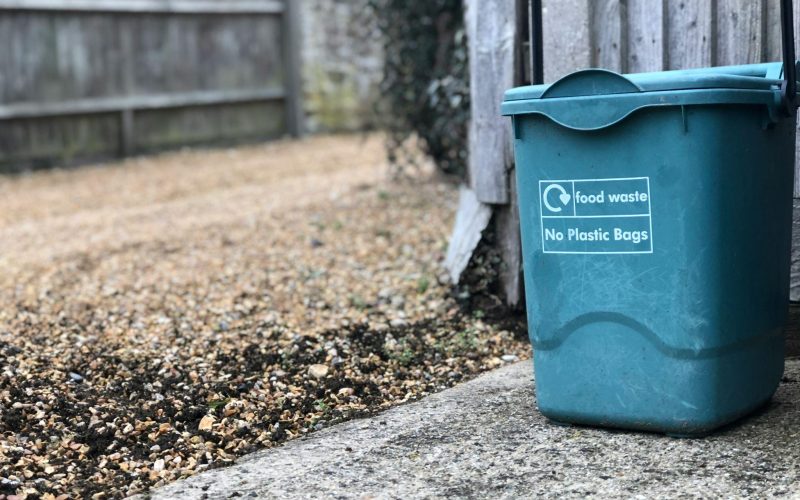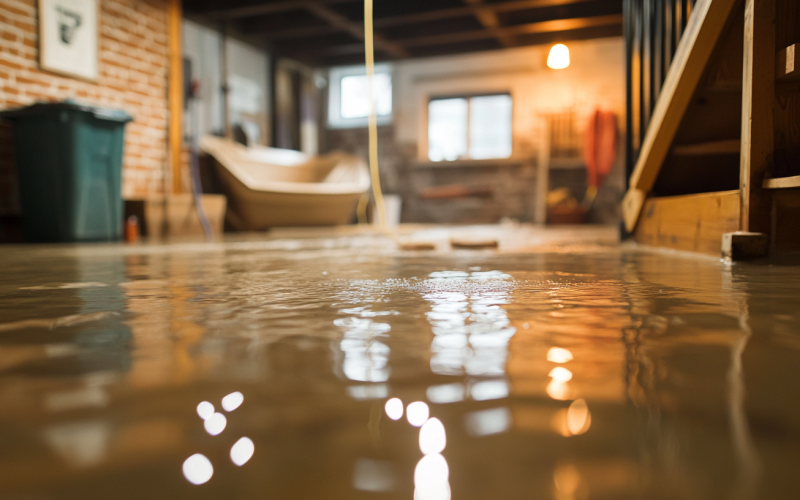Lately, there has been an increased focus on creating sustainable and eco-friendly homes in an effort to limit our impact on the environment. Eco-friendly homes are also often cleaner and more desirable to live in.
Creating a sustainable home is not only about reducing your environmental footprint but also enhancing the quality of life for the residents. A sustainable home promotes healthier living conditions, reduces utility bills, and contributes to a cleaner planet.
By adopting eco-friendly practices, you ensure that your home – and everyone in it – is comfortable and healthy. The transition to an eco-friendly home might seem daunting, but the long-term rewards are well worth the effort.
How to Make Your Home Sustainable and Eco-Friendly
Energy Efficiency
Insulation and Windows: Proper insulation helps maintain a consistent indoor temperature, reducing the need for heating and cooling. Energy-efficient windows prevent heat loss during winter and keep your home cool in summer. These changes can lower energy bills and decrease your carbon footprint.
Lighting: Switching to CFL or LED bulbs saves energy. These bulbs last longer and use less electricity than traditional incandescent bulbs. Utilizing natural light by opening curtains and blinds during the day also reduces the need for artificial lighting.
Appliances: Choose energy-efficient appliances with high Energy Star ratings. These appliances consume less electricity and water. Regular maintenance, such as cleaning filters and coils, ensures they operate efficiently, further reducing energy consumption.
Water Conservation
Low-Flow Fixtures: Install low-flow faucets, showerheads, and toilets to reduce water usage. These fixtures maintain good water pressure while using less water, leading to significant savings on water bills.
Rainwater Harvesting: Rainwater harvesting systems collect rainwater for gardening and other non-potable uses. This reduces the demand for treated water and helps conserve a valuable resource.
Water-Smart Landscaping: Use drought-resistant plants and efficient irrigation systems to conserve water in your garden. Native plants often require less water and are better suited to the local climate. Drip irrigation systems deliver water directly to the plant roots, minimizing waste.
Waste Reduction
Recycling and Composting: Set up a recycling system to separate paper, plastic, glass, and metal. Compost organic waste like kitchen scraps and yard clippings to reduce landfill contributions. Composting also produces nutrient-rich soil for gardening.
Reusable Products: Use reusable bags, containers, and bottles to minimize single-use plastics. These items can be used many times, reducing waste and saving money over time.
Buying in Bulk: Purchase items in bulk to reduce packaging waste. Bulk buying often results in cost savings and fewer trips to the store, reducing your carbon footprint.
Sustainable Materials
Eco-Friendly Building Materials: Choose sustainable materials like bamboo, reclaimed wood, and recycled metal for construction and renovations. These materials reduce the demand for new resources and often have a smaller environmental footprint.
Non-Toxic Paints and Finishes: Select low-VOC or non-toxic paints and finishes to improve indoor air quality. These products release fewer harmful chemicals, creating a healthier living environment.
Sustainable Furniture: Opt for furniture made from sustainable materials and those with eco-friendly certifications. This ensures that the products are sourced responsibly and have a lower environmental impact.
Renewable Energy Sources
Solar Panels: Installing solar panels generates clean energy and reduces electricity bills. Solar energy is a renewable resource, and modern panels are efficient and durable.
Wind Turbines: Small-scale wind turbines can generate electricity for homes in suitable locations. These turbines harness wind power, providing a renewable energy source.
Geothermal Heating and Cooling: Geothermal systems use the stable temperature of the earth to heat and cool your home efficiently. These systems can reduce energy consumption and provide a consistent indoor climate.
Indoor Air Quality
Houseplants: Houseplants improve indoor air quality by filtering toxins. Plants like spider plants, peace lilies, and snake plants are effective at removing pollutants from the air.
Ventilation: Proper ventilation reduces indoor pollutants. Ensure your home has adequate airflow by using exhaust fans, opening windows, and maintaining clean air ducts.
Non-Toxic Cleaning Products: Use natural and non-toxic cleaning products to maintain a healthy living environment. These products are free from harmful chemicals, reducing the risk of indoor air pollution.
Using Your Property for Natural Farming
Introduction to Natural Farming: Natural farming uses organic methods to grow food without synthetic fertilizers and pesticides. This approach promotes soil health and biodiversity.
Garden Space: Convert a portion of your property into a natural garden. Use compost and organic matter to enrich the soil, and choose plants that thrive in your local climate.
Composting: Compost kitchen scraps and yard waste to create nutrient-rich compost for your garden. Composting reduces waste and provides a free, sustainable source of fertilizer.
Conclusion
Adopting sustainable and eco-friendly practices at home is essential for reducing our environmental impact. Start with small changes, such as switching to energy-efficient lighting or setting up a recycling system.
Gradually incorporate more eco-friendly habits, like installing solar panels or creating a natural garden. The peace of mind in knowing that you’re doing your part is often more than worth it to make such small lifestyle changes.











